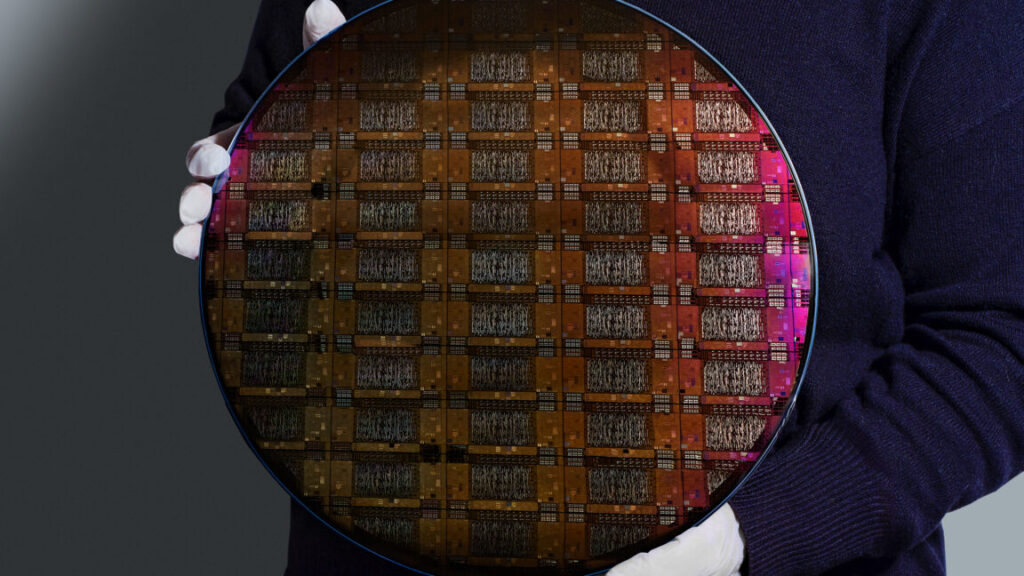But Oxford Ionics never made a major announcement that would give us a good excuse to describe its technology in more detail. The company was ultimately acquired by IonQ, a competitor in the trapped-ion space.
Now, IonQ is building on what it gained from Oxford Ionics, announcing a new, record-low error rate for two-qubit gates: greater than 99.99 percent fidelity. That could be critical for the company, as a low error rate for hardware qubits means fewer are needed to get good performance from error-corrected qubits.
But the details of the two-qubit gates are perhaps more interesting than the error rate. Two-qubit gates involve bringing both qubits involved into close proximity, which often requires moving them. That motion pumps a bit of energy into the system, raising the ions’ temperature and leaving them slightly more prone to errors. As a result, any movement of the ions is generally followed by cooling, in which lasers are used to bleed energy back out of the qubits.
This process, which involves two distinct cooling steps, is slow. So slow that as much as two-thirds of the time spent in operations involves the hardware waiting around while recently moved ions are cooled back down. The new IonQ announcement includes a description of a method for performing two-qubit gates that doesn’t require the ions to be fully cooled. This allows one of the two cooling steps to be skipped entirely. In fact, coupled with earlier work involving one-qubit gates, it raises the possibility that the entire machine could operate with its ions at a still very cold but slightly elevated temperature, avoiding all need for one of the two cooling steps.

